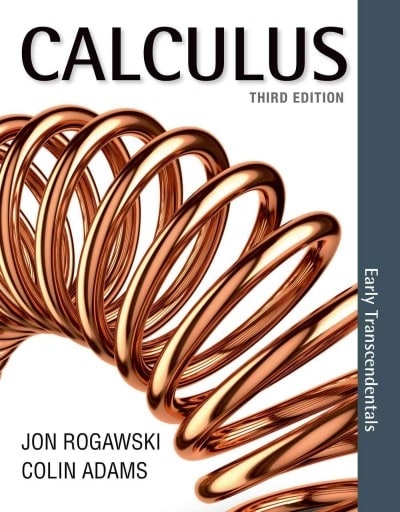Question
You are a neuroscientist examining whether the brain is more active when people read from an electronic source (e.g., a phone or tablet) compared to
You are a neuroscientist examining whether the brain is more active when people read from an electronic source (e.g., a phone or tablet) compared to when people read from a paper copy of a book. To test this hypothesis, conduct an experiment in which record brain activity using an electroencephalogram (EEG) while 8 people are reading from a tablet in one condition and a paper copy of a book in another condition. Your dependent variable is brain activity measured in terms of peak frequency from the EEG. Peak frequency is measured in hertz (Hz) where higher values indicate more brain activity and lower values indicate less brain activity. use a within-subjects design to examine brain activity among your participants while they are reading from a book or from a tablet. Below are the data for peak frequency in the book condition and in the tablet condition. Conduct a paired-samples t-test by hand to compare peak frequency between the book and tablet conditions. (Ch. 9)
| Peak Frequency (Hz) | ||
| Participant | Book Condition | Tablet Condition |
| 1 | 4 | 14 |
| 2 | 5 | 16 |
| 3 | 4 | 11 |
| 4 | 5 | 16 |
| 5 | 10 | 16 |
| 6 | 8 | 14 |
| 7 | 8 | 16 |
| 8 | 5 | 13 |
a) What is the research hypothesis for your study?
b) Assuming a two-tailed test, state your null and alternative hypotheses.
c) Assuming an = .05, identify your critical values and state your decision rule. Use 3 decimal places to state your criticalt-value.
d) Calculate the mean of the difference scores between the book and tablet conditions. That is, subtract each value of the tablet condition from the book condition (these are your difference scores). Next, calculate the mean and standard deviation of the difference scores. Be sure to show your work below. Note, you do not need to show your work for calculating the difference scores, just the mean and SD of those difference scores.
e) Calculate the standard error of the mean and the t-statistic for comparing the average CBCL scores among your sample with the population average CBCL scores.
f) Draw a conclusion from your statistical analysis. To receive full credit, you must describe the sample, population, decision about the null hypothesis, the value of your statistic and probability (i.e., either '<.05' or '>.05')
g) Relate the result of your statistical hypothesis test to your research hypothesis. In other words, what does the statistical analysis indicate about your research hypothesis?
Step by Step Solution
There are 3 Steps involved in it
Step: 1

Get Instant Access to Expert-Tailored Solutions
See step-by-step solutions with expert insights and AI powered tools for academic success
Step: 2

Step: 3

Ace Your Homework with AI
Get the answers you need in no time with our AI-driven, step-by-step assistance
Get Started


